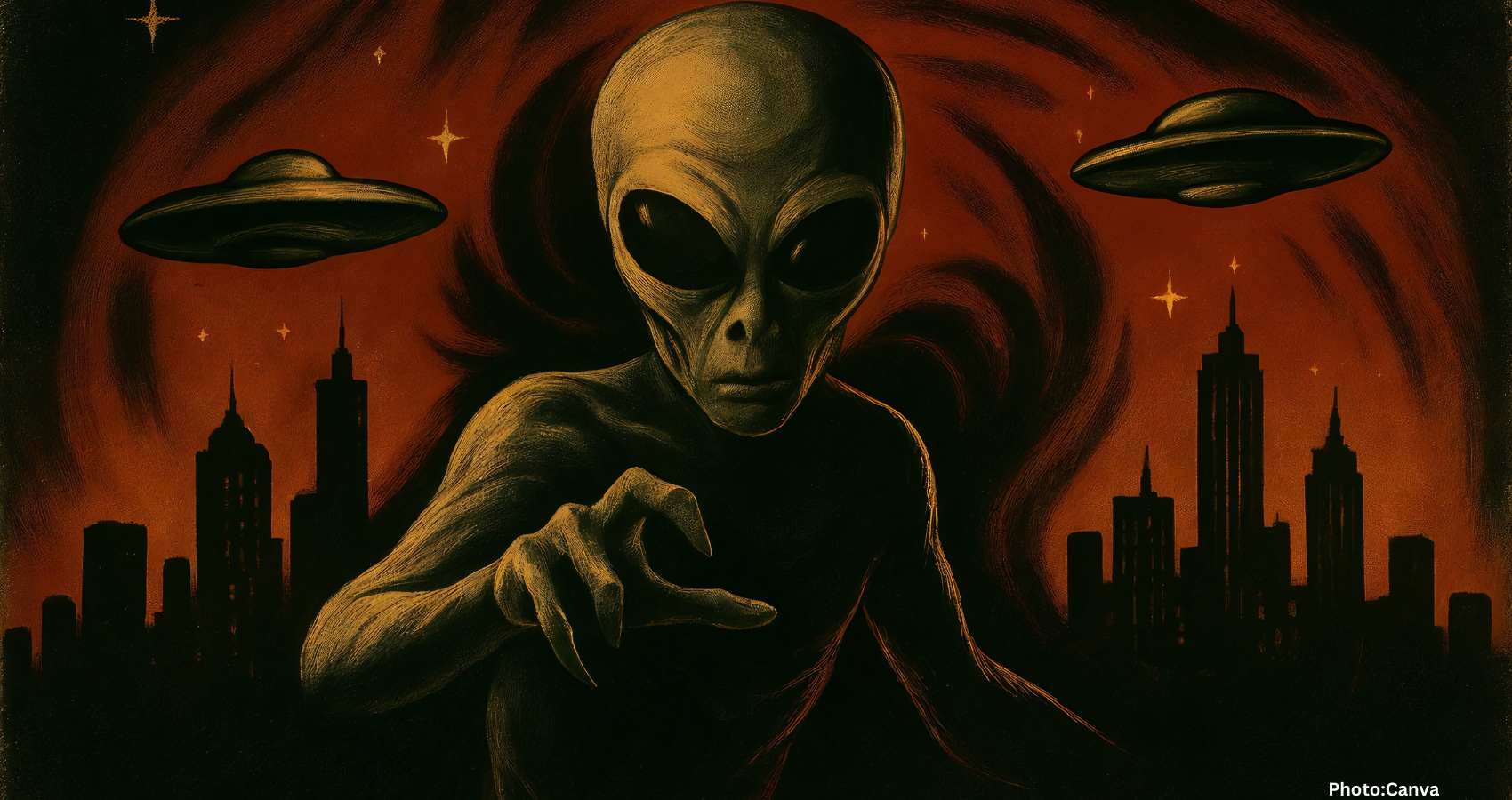Harvard physicist Dr. Avi Loeb suggests that the interstellar object 3I/ATLAS, discovered recently, may be an alien probe due to its unusual characteristics and trajectory.
A massive interstellar object, known as 3I/ATLAS, has recently caught the attention of astronomers as it travels through our solar system. Its peculiar features have led Harvard physicist Dr. Avi Loeb to propose that it could be more than just a typical comet.
“Maybe the trajectory was designed,” Dr. Loeb stated in an interview with Fox News Digital. He speculated that the object could be on a reconnaissance mission, potentially sending mini probes to nearby planets or monitoring them. “It seems quite anomalous,” he added.
3I/ATLAS was first detected in early July by the Asteroid Terrestrial-impact Last Alert System (ATLAS) telescope located in Chile. This discovery marks only the third time an interstellar object has been observed entering our solar system, according to NASA.
While NASA has classified 3I/ATLAS as a comet, Dr. Loeb pointed out that images of the object reveal an unexpected glow appearing in front of it, rather than the typical tail that comets exhibit. “Usually with comets, you have a tail, a cometary tail, where dust and gas are shining, reflecting sunlight, and that’s the signature of a comet,” he explained. “Here, you see a glow in front of it, not behind it.”
Measuring approximately 20 kilometers across, 3I/ATLAS is larger than Manhattan and is notably bright for its distance from the sun. However, Dr. Loeb emphasized that its most striking characteristic is its trajectory.
“If you imagine objects entering the solar system from random directions, just one in 500 of them would be aligned so well with the orbits of the planets,” he said. The object originates from the center of the Milky Way galaxy and is expected to pass near Mars, Venus, and Jupiter, which Dr. Loeb noted is highly improbable to occur by chance. “It also comes close to each of them, with a probability of one in 20,000,” he remarked.
According to NASA, 3I/ATLAS will reach its closest point to the sun—approximately 130 million miles away—on October 30. Dr. Loeb expressed the potential implications of the object, stating, “If it turns out to be technological, it would obviously have a big impact on the future of humanity. We have to decide how to respond to that.”
In a related note, astronomers from the Minor Planet Center at the Harvard-Smithsonian Center for Astrophysics previously confused a Tesla Roadster launched into orbit by SpaceX CEO Elon Musk with an asteroid, highlighting the complexities of identifying celestial objects.
A spokesperson for NASA did not immediately respond to a request for comment regarding the findings related to 3I/ATLAS.
Source: Original article

